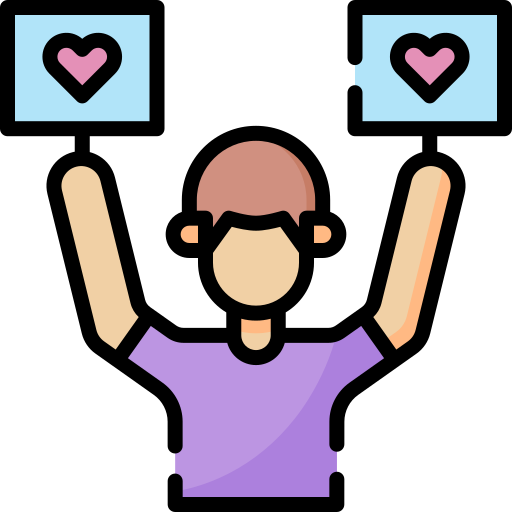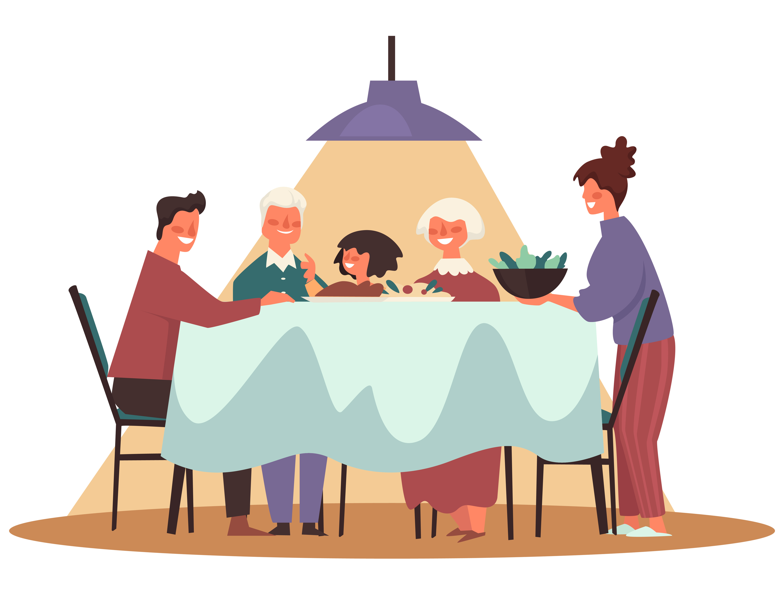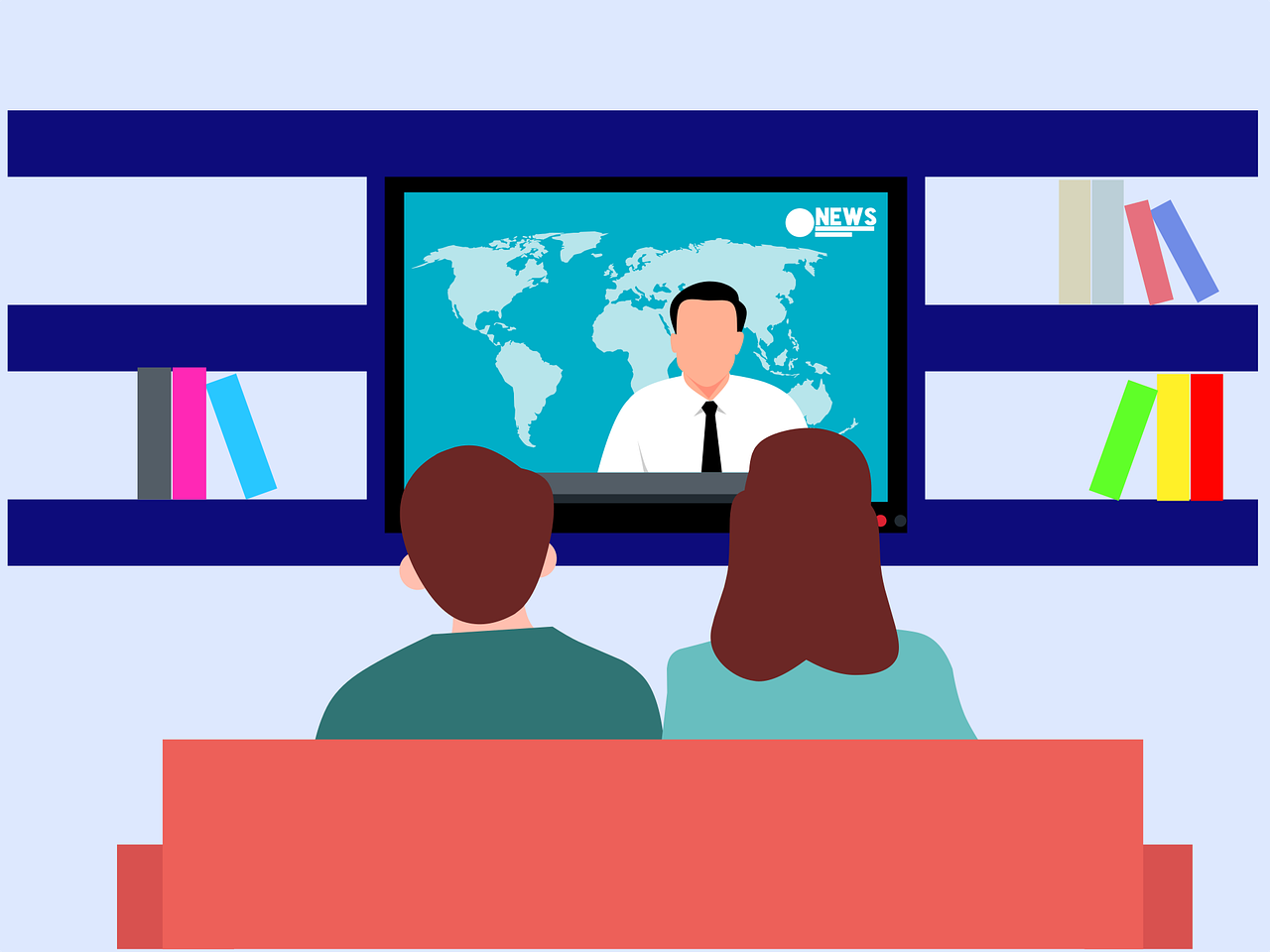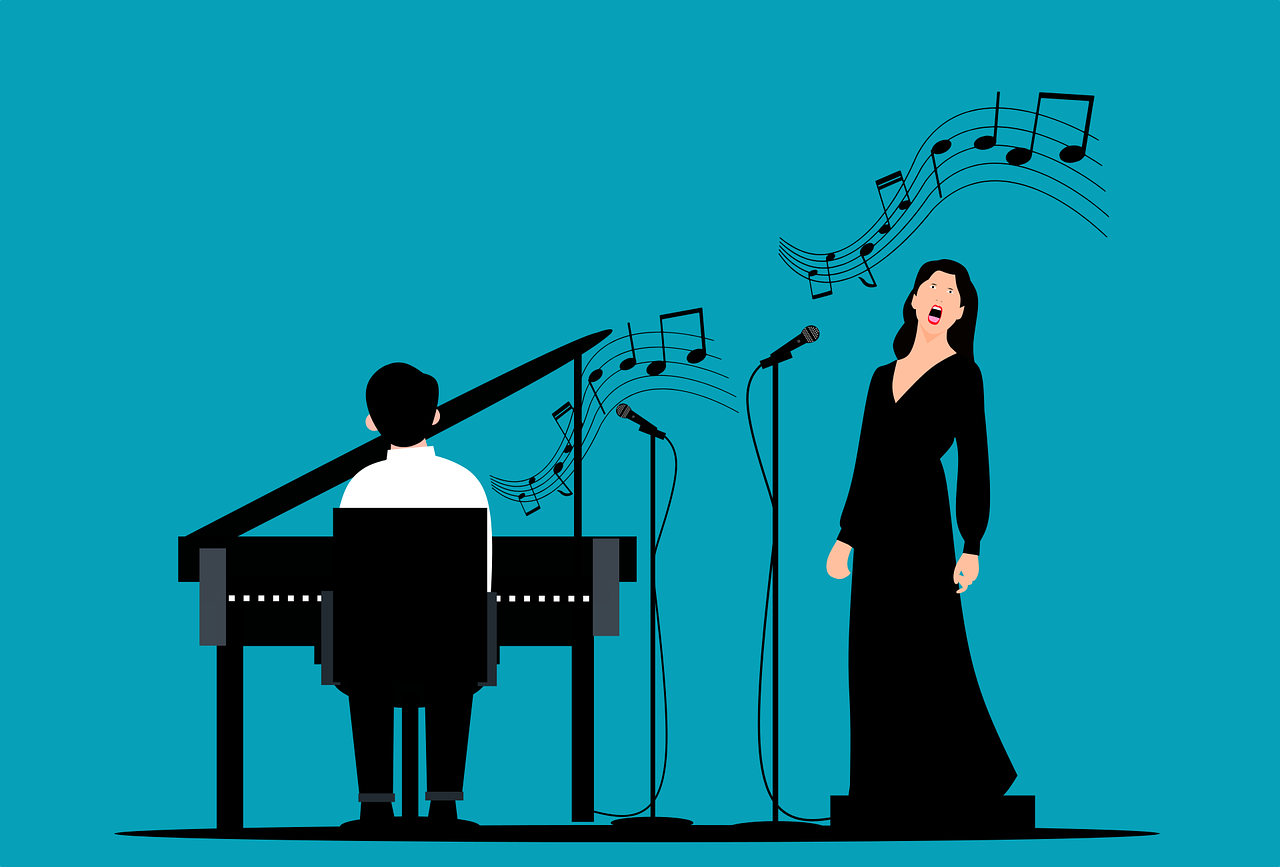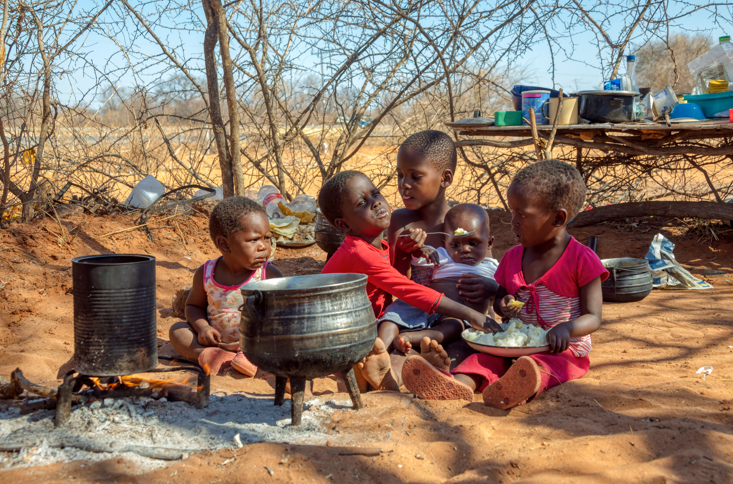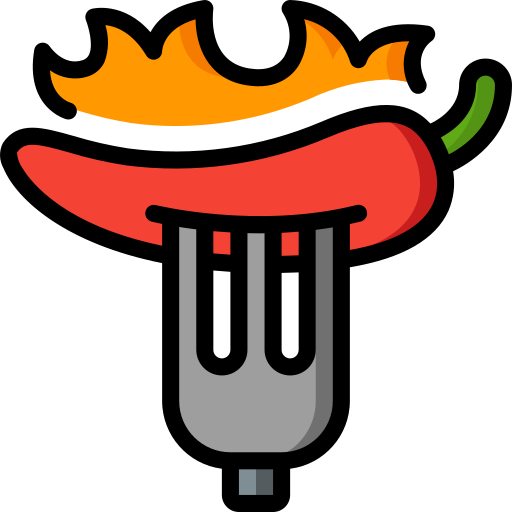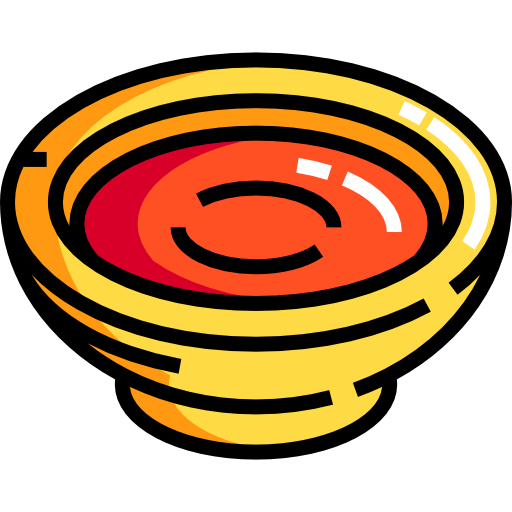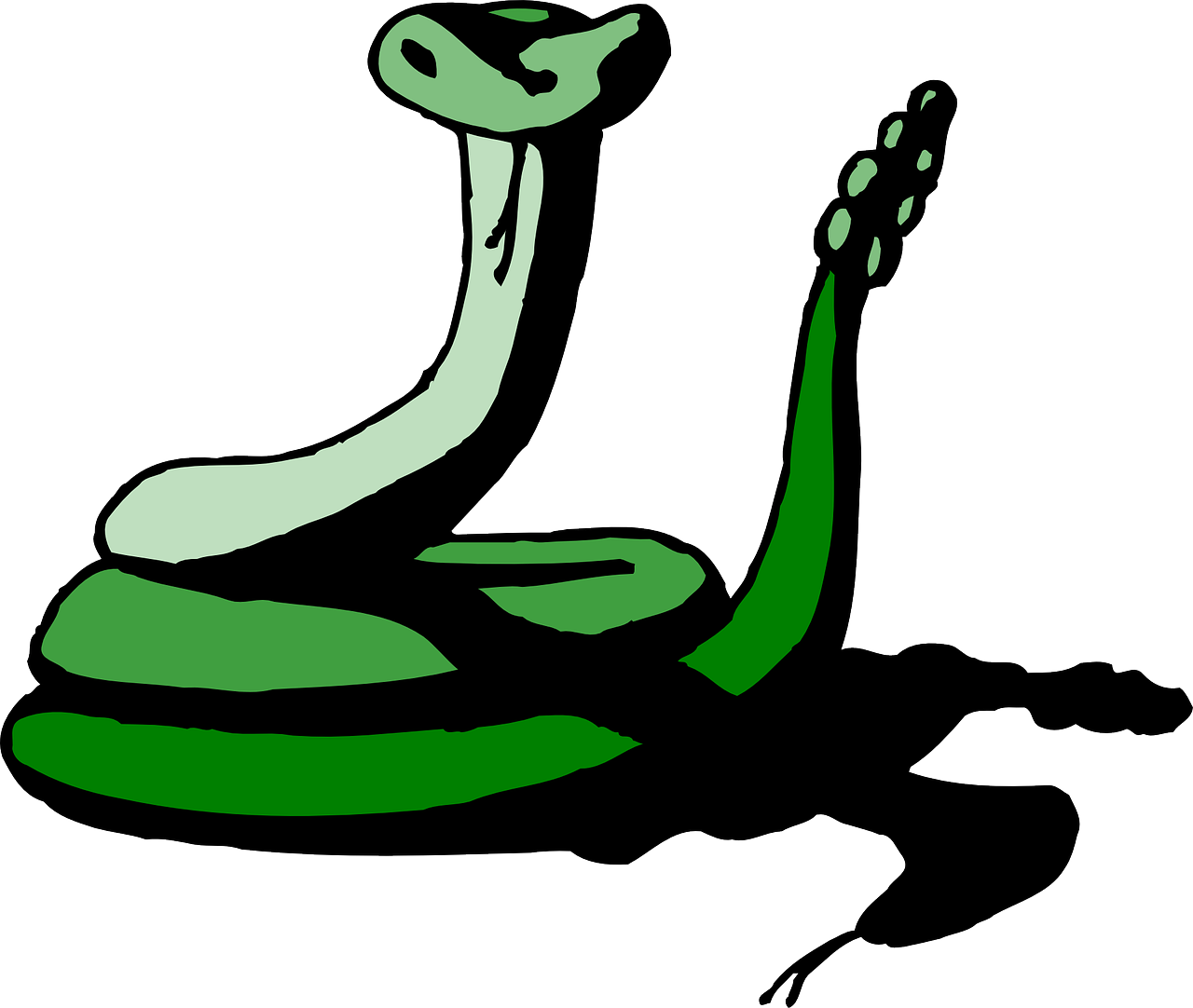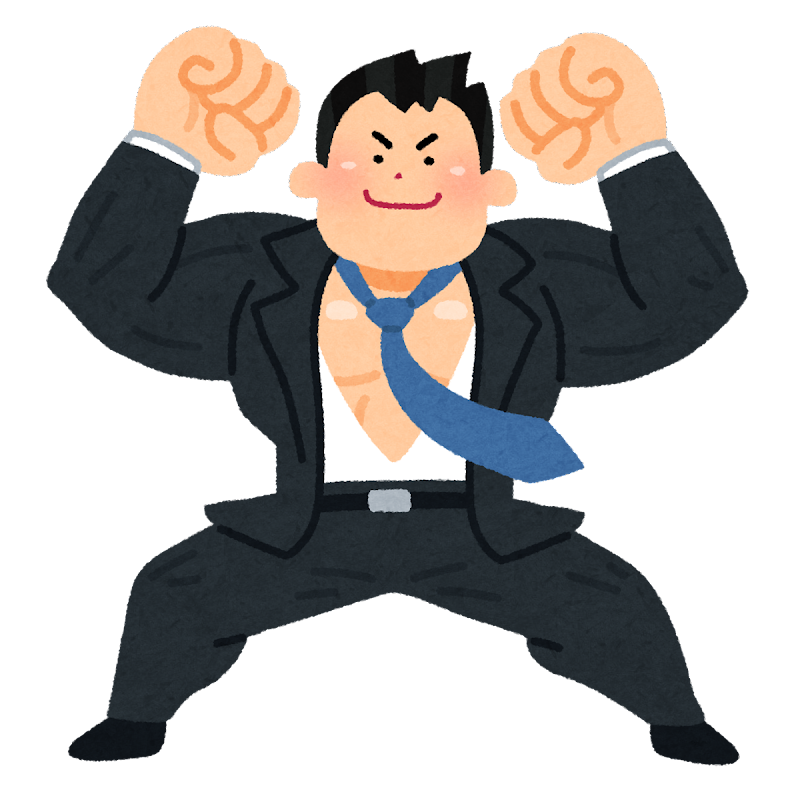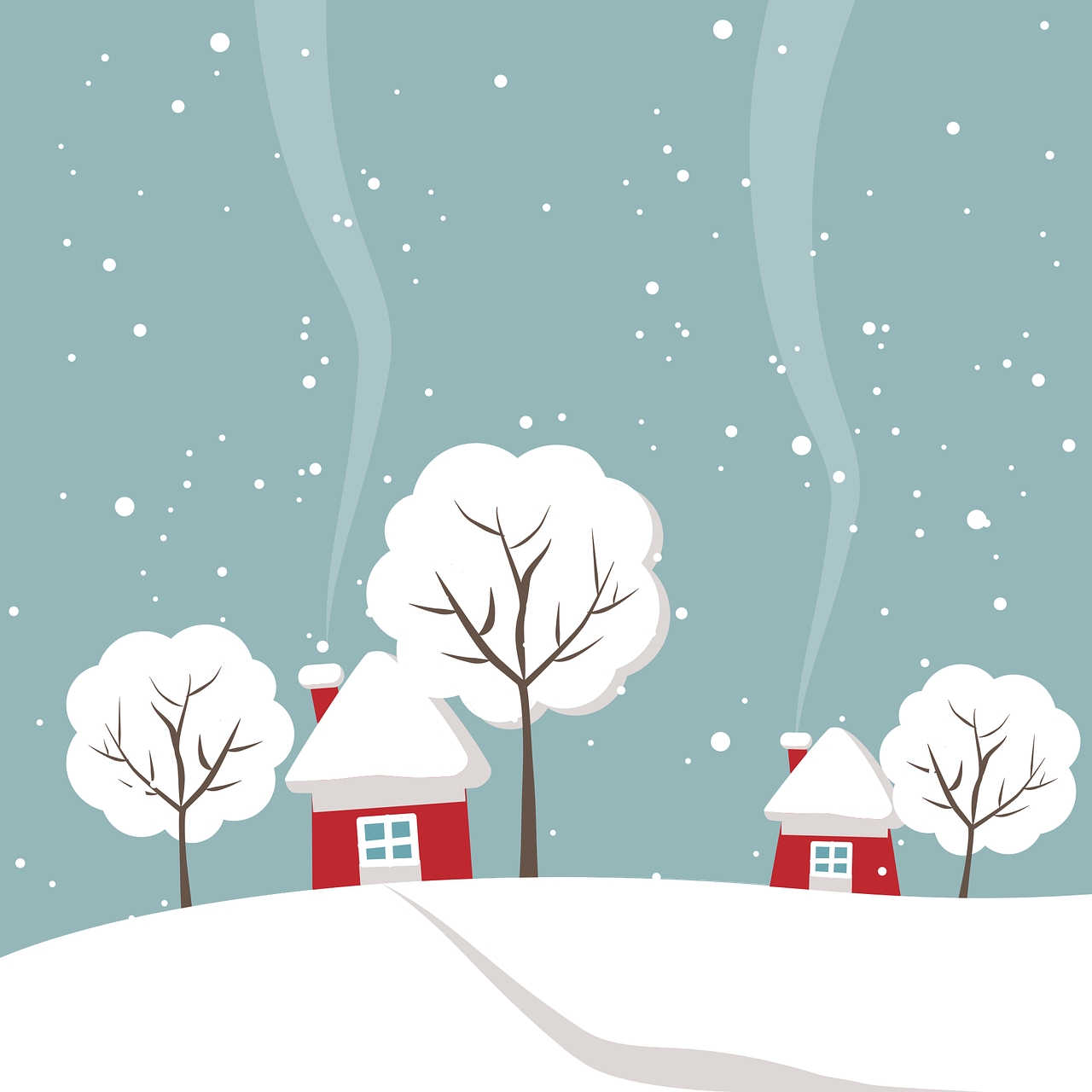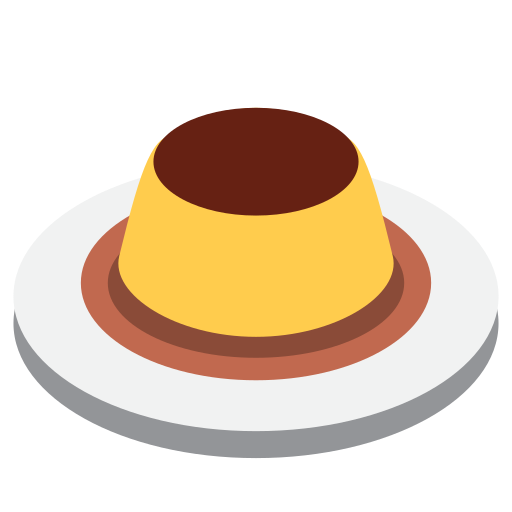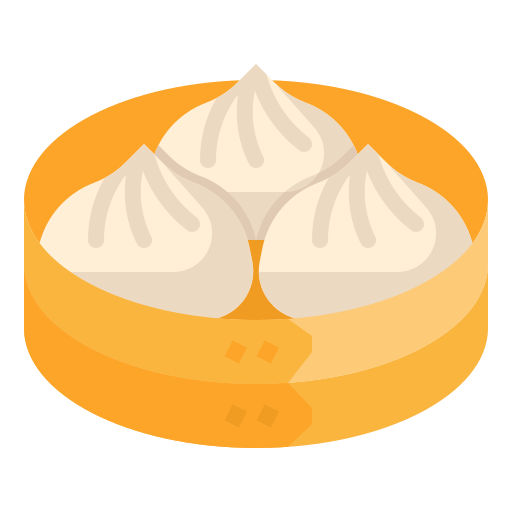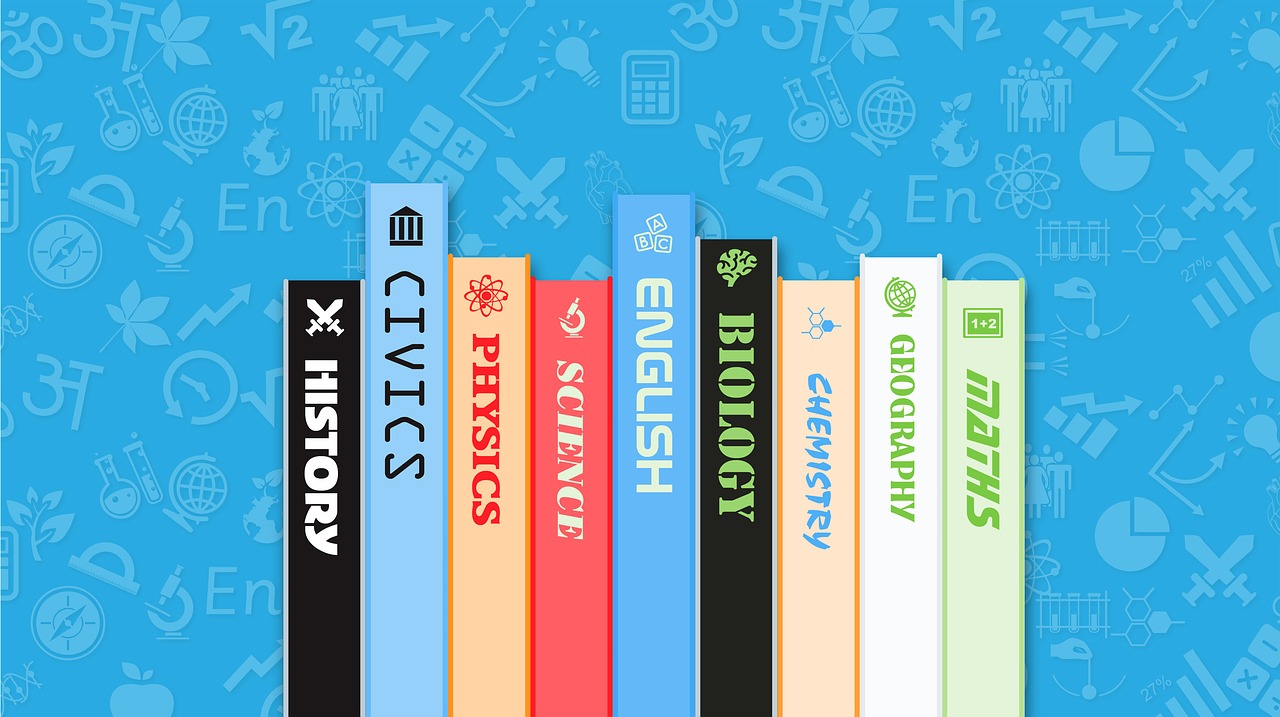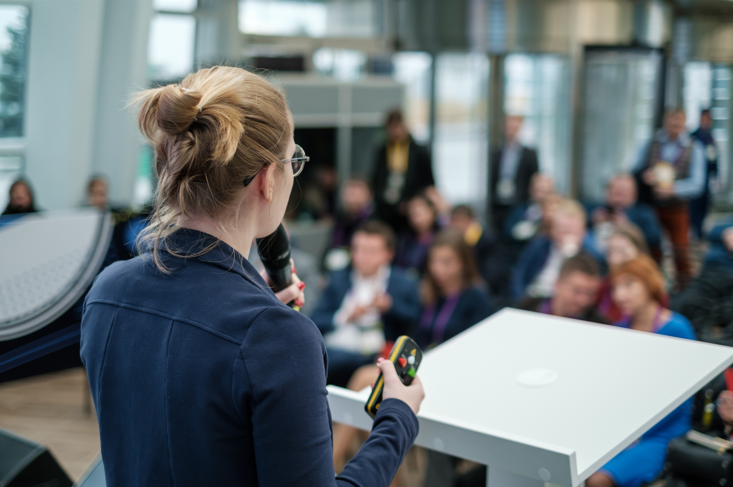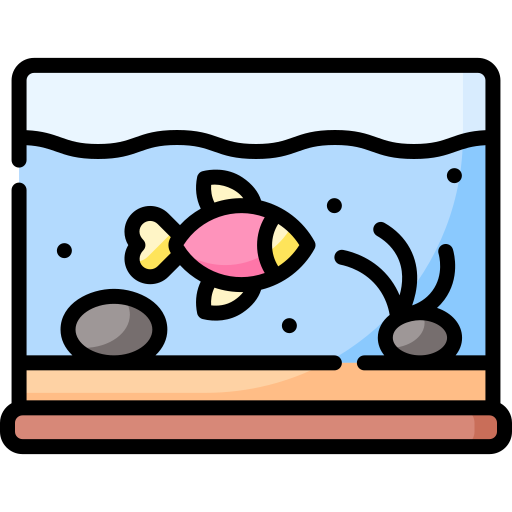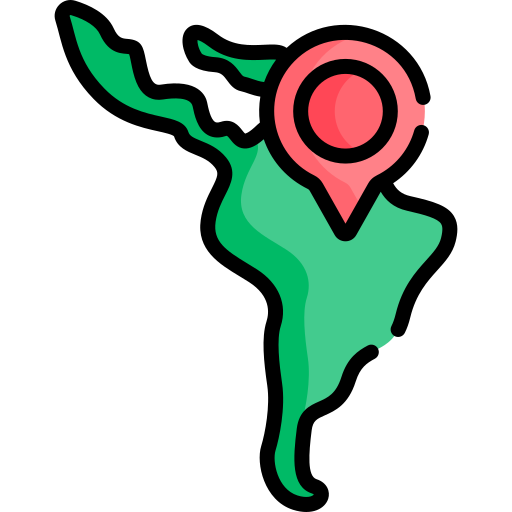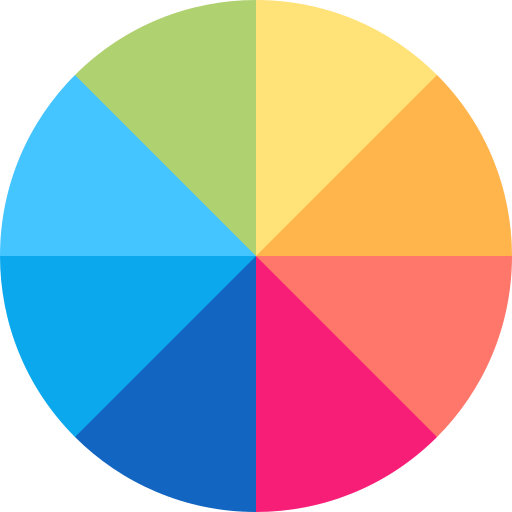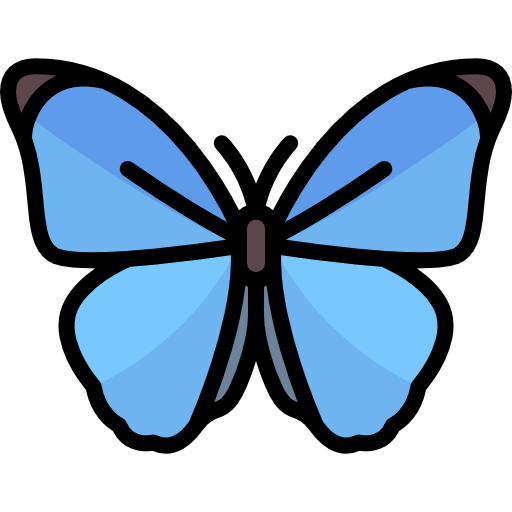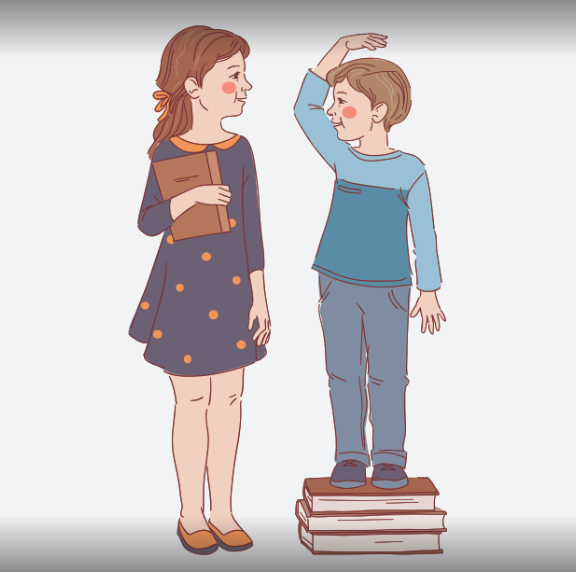| 1. | What is your name? |
| Answer: | |
| 2. | This lesson is for Eiken grade 3. Are you ready? |
| Answer: | |
| 3. | How are you? |
| Answer: |
| read |
読む
|
| need |
必要とする
|
| different |
異なる
|
| use |
使う
|
| bring |
持ってくる
|
| 1. | Nowadays, many people read books online. |
| 2. | They use their smartphones or tablets to read different types of books. |
| 3. | People do not need to bring many books to read if they want to, so they read books online. |
| Question: | Why do people read books online? |
| Answer: |
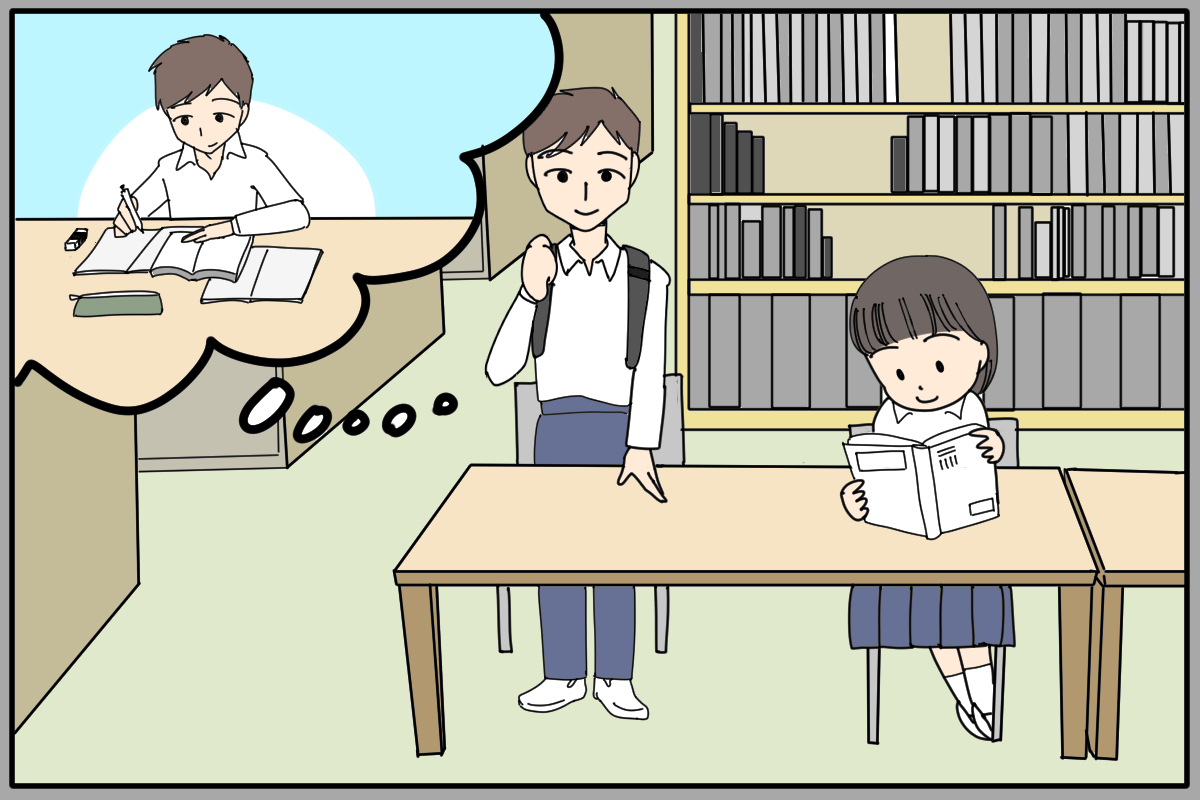
| 1. | What is the boy going to do? |
| Answer: | |
| 2. | What does she have in her hand? |
| Answer: |
|
Sample Question:
|
What do you like to do in summer? |
|
Sample Answer:
|
I like to go to the beach. |
| Question: | What kind of TV show do you like to watch? |
| Answer: |
|
Sample Question:
|
Do you like reading newspapers? If yes, please tell me more. If not, what do you like to read? |
|
Sample Answer:
|
Yes, I do. I read newspapers every morning with my father. No, I don’t. I like reading stories. |
| 1. | Do you like reading books? |
| Answer: |
| 2. | If yes, please tell me more. If not, what kind of activity do you like to do? |
| Answer: |






